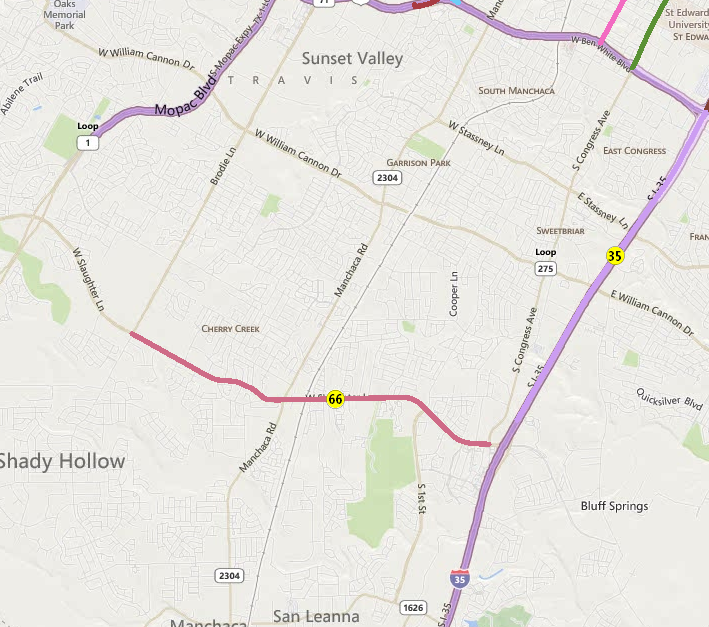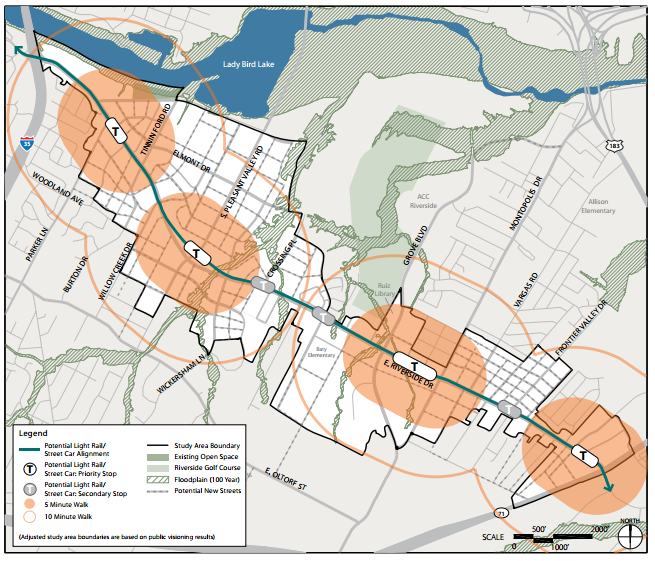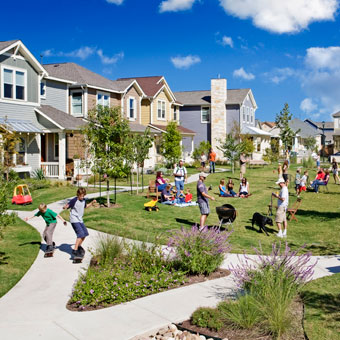In Austin recently a strip mall was converted into a mixed use project with housing, restaurants and a parking garage. It’s something we see in lots of cities across the US, but this one was different. The new restaurants immediately had patrons (and lines). There’s a fine-dining restaurant completely hidden from the street full of people. People know the names of the stores in the new development. What did this business do right? They anchored it with the Alamo Drafthouse Movie Theater. Their parking garage is always full and the complex teems with people.
This should be a model for every new development, although obviously there are not nearly enough movie theaters to anchor every new complex. Where to go from there? How about a performance space? Performance spaces bring in technicians and actors for rehearsal every night of the week. Technicians and actors who must be fed. It brings in wealthier clientele to performances. Clientele who generally have an intermission where they get up and stretch their legs (and discover all the great businesses your complex has to offer). A small subsidy to a performance group can provides a steady stream of traffic to keep your other renters thriving and rents high.
If any developers are reading this and would like to work with the arts community, I’d also love to push for a density bonus for providing affordable commercial space in vertical-mixed use projects. Just like we have density bonuses for affordable housing today. There’s no reason we couldn’t have a compliment on the commercial side.



